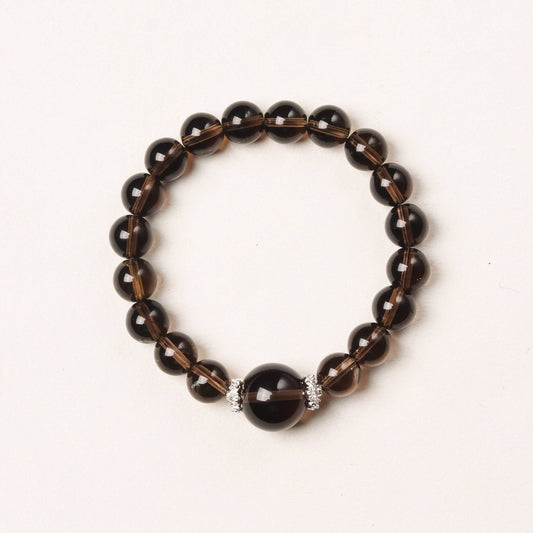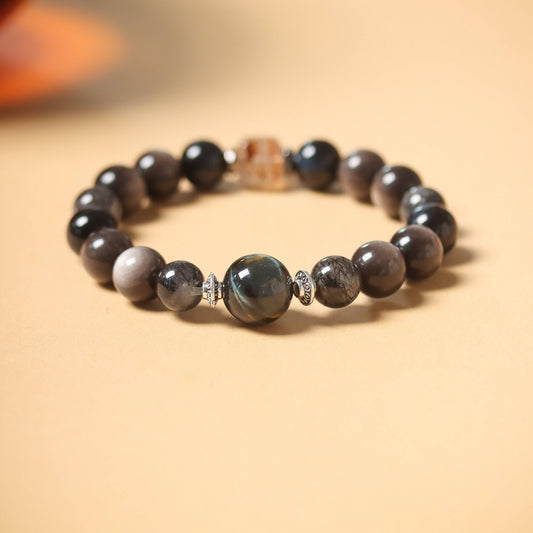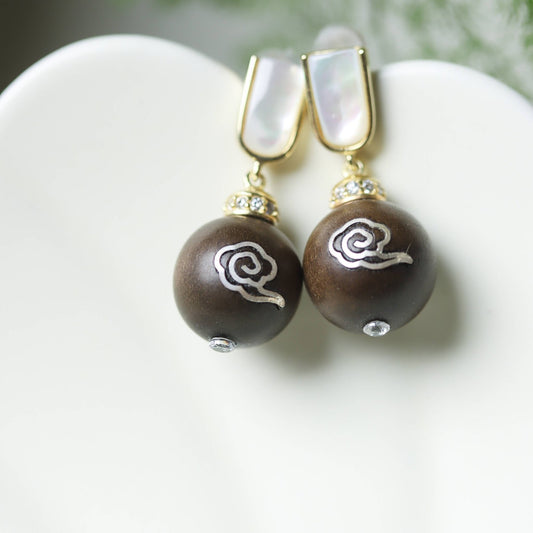The Allure of Jade: Exploring the Beauty and Legacy of Hetian Jade
The Allure of Jade: Exploring the Beauty and Legacy of Hetian Jade
For thousands of years, jade has been treasured not only for its exquisite beauty but also for its deep cultural and spiritual significance. From ancient Chinese emperors to modern-day collectors, jade remains one of the most revered and symbolic gemstones in the world.
Among all types of jade, one stands apart in both legend and quality: Hetian jade (also called Hotan jade or Khotan jade). In this post, we’ll explore what makes jade so special, and why Hetian jade is considered the crown jewel of this precious stone family.
What Is Jade?
"Jade" actually refers to two different minerals:
-
Nephrite (softer, waxy luster — traditional Chinese jade)
-
Jadeite (harder, brighter — commonly found in Burma)
Both are prized for their durability, beauty, and symbolic qualities, but nephrite is the type most often associated with traditional Chinese jade, and includes Hetian jade.
The Cultural Significance of Jade
In Chinese culture, jade is more than a gemstone — it's a symbol of virtue, purity, and moral excellence. Confucius once said, "A gentleman is like jade." Jade is associated with the five Confucian virtues:
-
Benevolence
-
Righteousness
-
Wisdom
-
Courage
-
Integrity
Jade is also believed to:
-
Protect the wearer from harm
-
Attract good luck and harmony
-
Promote inner peace and balance
What Is Hetian Jade?
Hetian jade is a type of nephrite jade that originates from the Kunlun Mountains and Yurungkash and Karakash Rivers in the Hetian region of Xinjiang, China. It is considered one of the most precious and pure forms of jade in the world.
Characteristics of Hetian Jade:
-
Color: Typically white, creamy (“mutton fat jade”), but can also appear green, yellow, or black.
-
Texture: Smooth, dense, and waxy — feels warm to the touch.
-
Durability: Strong yet soft enough to be intricately carved.
Mutton Fat Jade
This creamy-white variety of Hetian jade is the most coveted, often used in imperial carvings and passed down through generations.
Why Hetian Jade Is So Special
-
Historical Prestige
Hetian jade was favored by Chinese emperors and scholars for thousands of years. Artifacts made of Hetian jade date back to the Neolithic period. -
Symbolism and Protection
Worn close to the skin, Hetian jade is believed to absorb negative energy and protect the wearer from harm or misfortune. -
Natural Beauty
Its soft, luminous texture and subtle color make it perfect for minimalist jewelry or intricately carved pendants. -
Rarity and Value
Authentic, high-quality Hetian jade is increasingly rare, especially the traditional "river jade" sourced from natural riverbeds.
How to Wear Hetian Jade
Whether worn as a bracelet, pendant, ring, or carving, Hetian jade is a versatile and meaningful accessory.
Style Ideas:
-
Minimalist white jade bangle – Elegant and symbolic
-
Hetian jade Pixiu bracelet – Combines wealth and protection
-
Green Hetian jade pendant – Earthy, grounding energy
Who It’s Perfect For:
-
Those seeking peace, protection, and balance
-
A meaningful gift for elders or loved ones
-
Collectors of fine, symbolic gemstones
How to Tell If It’s Real Hetian Jade
With so many imitations on the market, here are some tips:
-
Touch: Real Hetian jade feels cool, smooth, and dense.
-
Light test: It should be translucent under strong light — not glassy.
-
Sound test: Tap gently — real jade has a soft, deep tone (not sharp or plastic-like).
-
Certification: Always look for lab reports or origin documentation for high-value pieces.
Final Thoughts
Hetian jade isn’t just a stone — it’s a living legacy of history, protection, elegance, and virtue. Whether you're buying for its beauty or its symbolism, jade — and especially Hetian jade — holds a quiet power that resonates through generations.
Explore our collection and bring home a piece of timeless tradition.









